Discovering the Charm of Small House Plans
Small house plans offer a unique blend of practicality and charm, perfectly suited for those who appreciate a minimalist yet fulfilling lifestyle. These homes embody the essence of simplicity, providing a haven that embraces the essentials without overshadowing them with unnecessary space. When considering tiny house plans, you find that every square foot is thoughtfully designed, maximizing both functionality and comfort. Modern small house plans introduce sleek, innovative designs that merge contemporary aesthetics with clever storage solutions, elevating the living experience. As you explore these plans, you'll discover how they not only meet your needs but also captivate with their cozy appeal and efficient use of space, making your home a true reflection of your life.
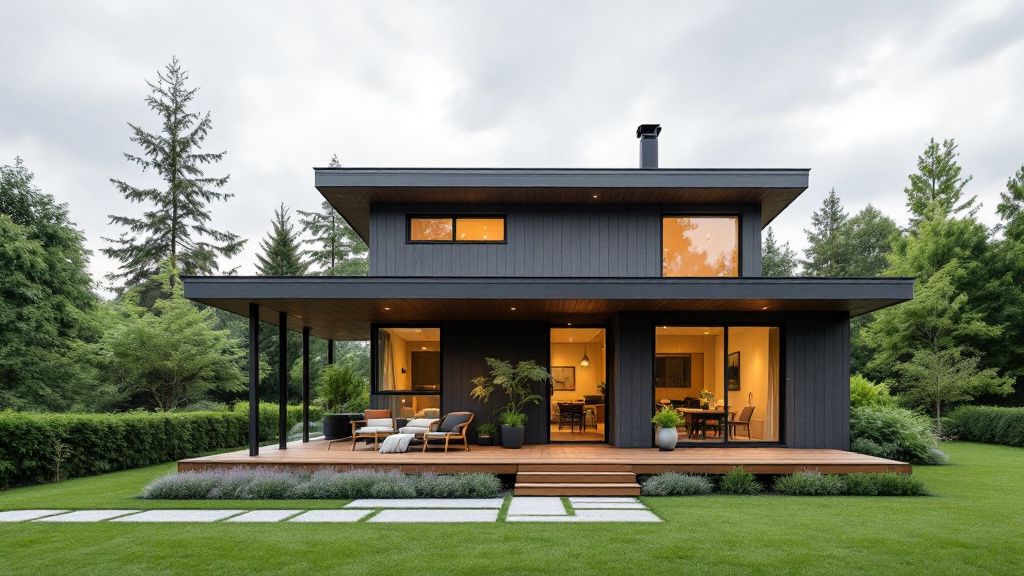
Why Choose a Small House Design
Many people gravitate towards larger homes, assuming they'll provide more comfort and space for activities. However, the essence of a small house design lies in its ability to offer a more intimate, efficient living experience. By choosing a smaller footprint, you're investing in a lifestyle that encourages simplicity and environmental responsibility, reducing your carbon footprint and utility costs.
One of the most compelling reasons to choose a small house design is the innovative use of space it allows. Modern small house plans cleverly integrate multi-functional areas and space-saving solutions, ensuring that you have everything you need within an easy-to-manage layout. This design philosophy promotes a clutter-free environment and heightened efficiency in daily routines.
Financially, opting for a small house can be advantageous. Construction costs and maintenance are generally lower, enabling you to allocate resources towards quality over quantity, investing in high-end finishes or sustainable technologies. This shift not only enhances the value of your home but also improves your overall quality of life, offering financial freedom that larger homes may not.
While many believe that spacious living equates to better living, there's a strong case for the focused and intentional lifestyle offered by tiny house plans. They foster a closer connection to your community and environment, encouraging meaningful interactions within your living space. Choosing a small house design is more than a decision—it's a lifestyle that prioritizes what's truly important to you.
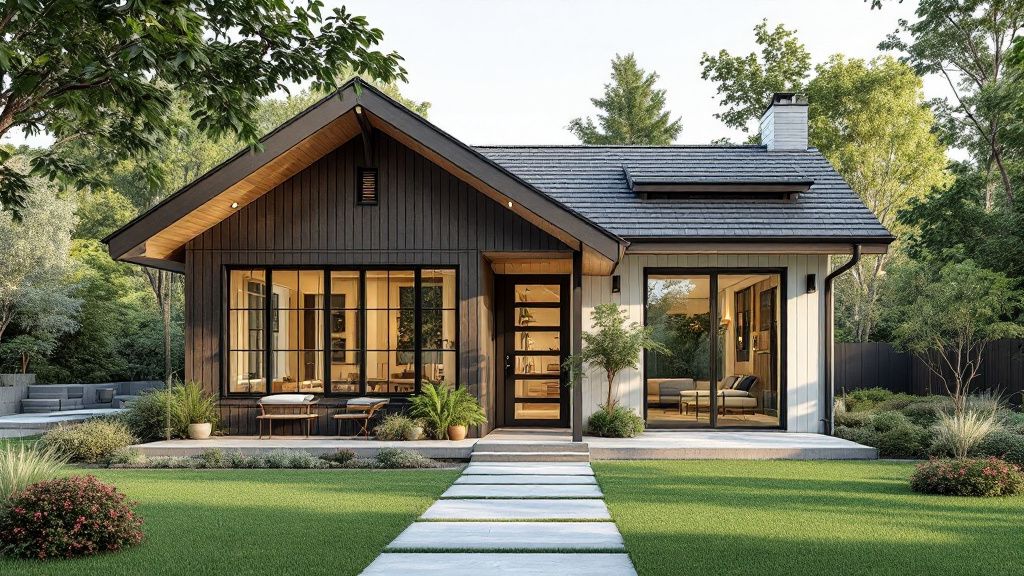
Types of Small House Plans
Exploring the array of small house plans introduces you to various styles and layouts that cater to different needs and preferences. Each type offers a unique approach to living light while maintaining functionality and comfort. From compact urban retreats to cozy countryside cottages, these plans are designed to maximize space without sacrificing style or convenience.
One popular type is the cottage-style small house. These designs often feature steeply pitched roofs and charming details, providing a quaint, storybook aesthetic. They typically include open floor plans that allow for versatile use of living space. Ideal for those who appreciate vintage charm combined with modern amenities, cottage-style plans offer a warm and inviting atmosphere.
Contemporary small homes focus on sleek, minimalist architecture that favors clean lines and open spaces. Modern small house plans in this category often incorporate large windows to invite natural light, making interiors feel more expansive. These designs emphasize efficiency, often using sustainable materials and innovative technologies to create an eco-friendly living environment.
Did you know? According to research, 68% of tiny house owners have no mortgage, highlighting the financial benefits of compact living. As you explore tiny house plans, you'll find that the appeal extends beyond economic advantages. With an emphasis on smart design, these homes foster a sense of freedom by encouraging simple, purposeful living—a lifestyle choice that resonates with a growing number of people seeking balance and sustainability in their daily lives.
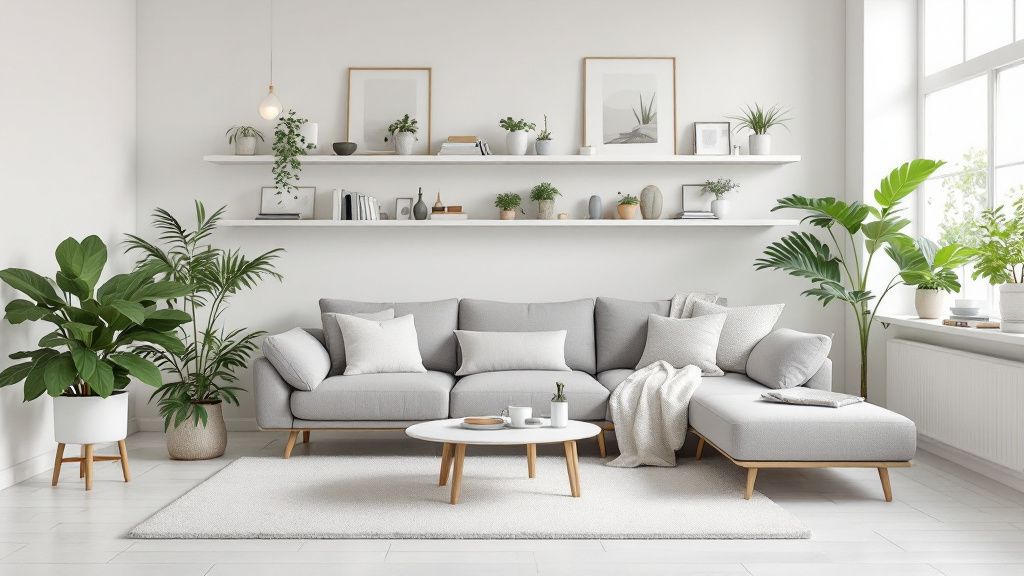
Designing for Functionality in Limited Space
When designing for functionality in limited space, small house plans focus on clever layout strategies to optimize every square inch. Efficient storage solutions such as built-in shelving, under-bed storage, and multi-purpose furniture ensure that even the smallest homes can accommodate your needs. These elements work together to enhance the usability of your home while maintaining a sense of openness and airiness.
Open-concept designs play a crucial role in making a small home feel larger. By minimizing walls and integrating living areas, the space is utilized more efficiently and fosters a seamless flow between rooms. Comparing traditional segmented layouts with modern open-concept designs reveals that the latter often provides greater flexibility and adaptability for daily life, allowing you to customize spaces based on your activities and needs.
Light also plays an important part in small home functionality, especially in modern small house plans. Large windows and strategically placed lighting fixtures illuminate your living spaces, creating an inviting ambiance. Natural light not only enhances the visual appeal but also contributes to the functionality by reducing the need for artificial lighting during the day. For a touch of elegance, consider adding beautiful glass vases from Jamali Garden. These stunning pieces can elevate the aesthetic of your small home while maintaining a sense of space and light. Incorporating these elements in tiny house plans allows you to enjoy a comfortable living environment that truly maximizes the potential of your limited space.
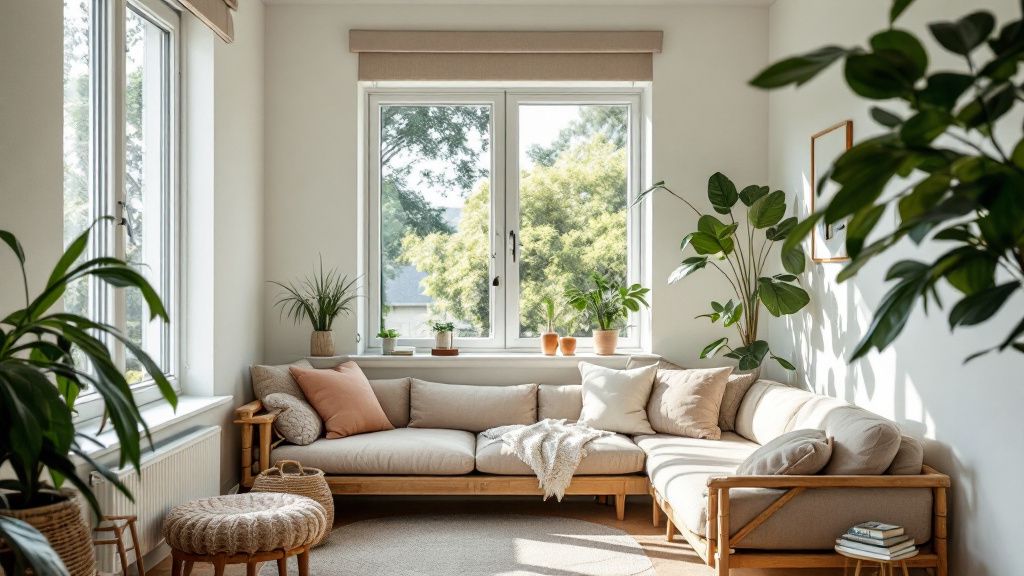
Maximizing Natural Light
Maximizing natural light is a key strategy in designing small house plans, as it amplifies the perception of space and enhances the ambiance. Large windows, strategically placed to capture the movement of the sun, flood your living areas with daylight. This design approach not only reduces the need for artificial lighting but also boosts your mood, fostering a brighter, more welcoming home environment.
Utilizing reflective surfaces is another effective method to increase the reach of natural light within your home. Mirrors and light-colored paint can make spaces appear larger and more open. Their reflective properties help to bounce light around a room, connecting various areas and maintaining the balance between natural illumination and aesthetic appeal.
In the next few years, the adoption of smart glass technology is likely to redefine how homes harness natural light. This innovative material adjusts its transparency based on sunlight, providing optimal lighting conditions while reducing energy consumption. As tiny house plans continue to evolve, integrating advanced materials and technologies like smart glass will become increasingly prevalent, transforming how light interacts with your living space. Through these advancements, your small home can achieve an ecological balance that complements its minimalist design.
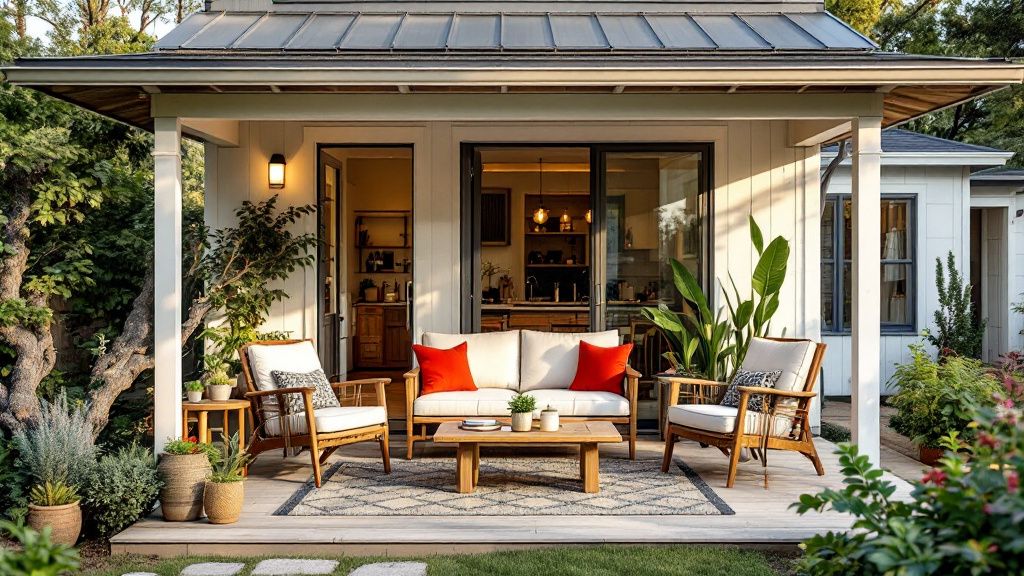
Creating Outdoor Spaces
Creating outdoor spaces is an integral aspect of small house plans, offering an extension of your living area that embraces the tranquility of nature. By incorporating patios, decks, or garden nooks, you can significantly enhance your home's usability and pleasure. These outdoor spaces can be transformed into a private retreat for relaxation or a vibrant spot for entertaining guests, seamlessly merging interior and exterior environments.
To truly appreciate the value of outdoor spaces, you need to shift your mindset from seeing them as mere add-ons to recognizing them as vital components of your living design. This perspective invites you to utilize spaces like rooftop gardens or vertical planting walls, allowing you to enjoy a fuller, more versatile home experience even with limited land.
These outdoor areas become functional extensions when designed with intent. Consider incorporating weatherproof furniture and built-in seating that complements your tiny house plans. Fire pits, pergolas, and strategic lighting can further enhance these environments, turning them into cozy, usable areas year-round. Whether you're entertaining a few friends or seeking a peaceful day outdoors, a well-designed outdoor space serves as an invaluable asset to your home, enriching life with the simplicity and serenity that small house living embodies.
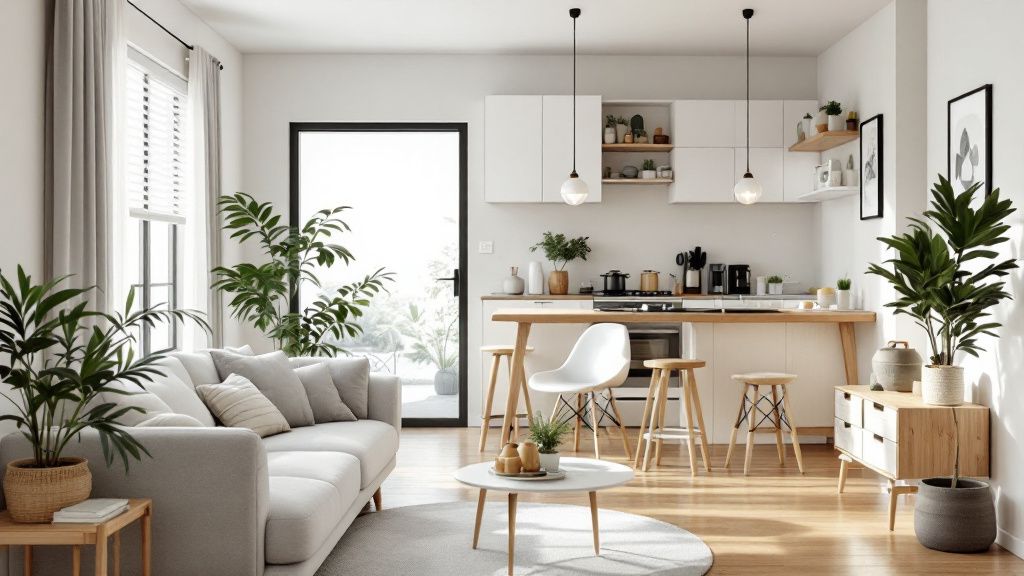
Incorporating Smart Technology
Incorporating smart technology in small house plans can significantly transform how your home functions, providing convenience and efficiency in compact spaces. Smart devices optimally manage resources, from energy consumption to security, turning your tiny home into a highly responsive and integrated living area. This technology also enhances comfort, allowing you to control various aspects of your environment with ease.
Smart lighting systems are a prime example of how technology can be skillfully integrated into your home. These systems adjust the brightness throughout the day, helping to regulate mood and enhance productivity. The added ability to automate lighting through mobile apps or voice commands means that even in the most compact of homes, you maintain control effortlessly, allowing your home to adapt to your schedule and lifestyle.
Security is another area where smart technology excels in modern small house plans. For example, intelligent security cameras and smart locks provide peace of mind by allowing you to monitor and secure your home from any location. These features ensure that you feel safe and confident, with the power to manage security settings accessible directly from your phone.
Smart kitchens further illustrate the value of technology in compact living. Appliances like smart ovens and refrigerators not only conserve energy but also connect your culinary tools through apps, offering recipe suggestions and inventory tracking. This connectivity ensures your living space is efficient and caters to your lifestyle, even if space is limited.
Through thoughtful integration, smart technology in tiny house plans can revolutionize your living experience. By optimizing everyday tasks and streamlining your home's infrastructure, smart devices help create a seamless, efficient, and enjoyable environment that matches your modern lifestyle. These enhancements show that even the smallest spaces can become powerful hubs of modern convenience and connectivity.


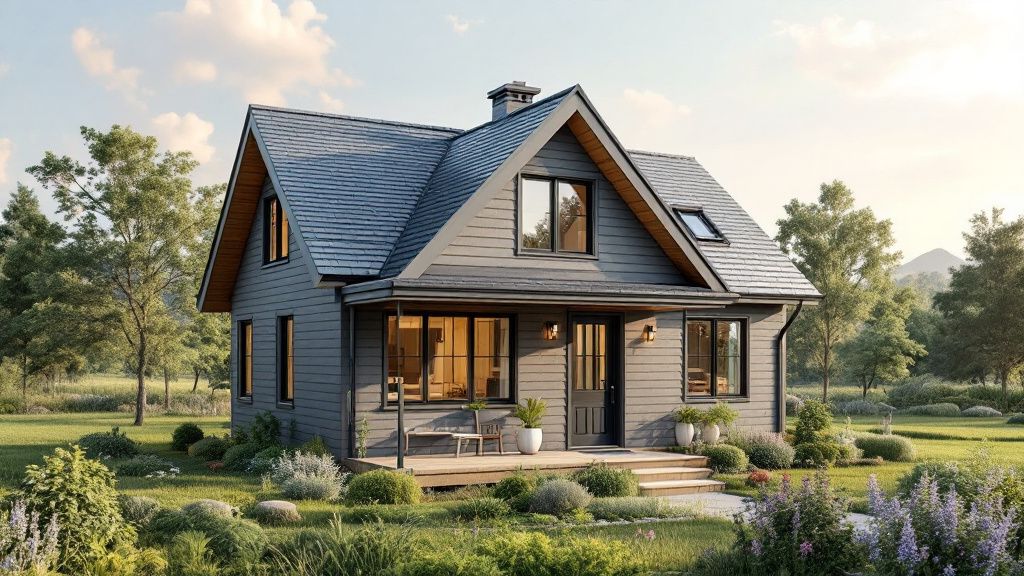
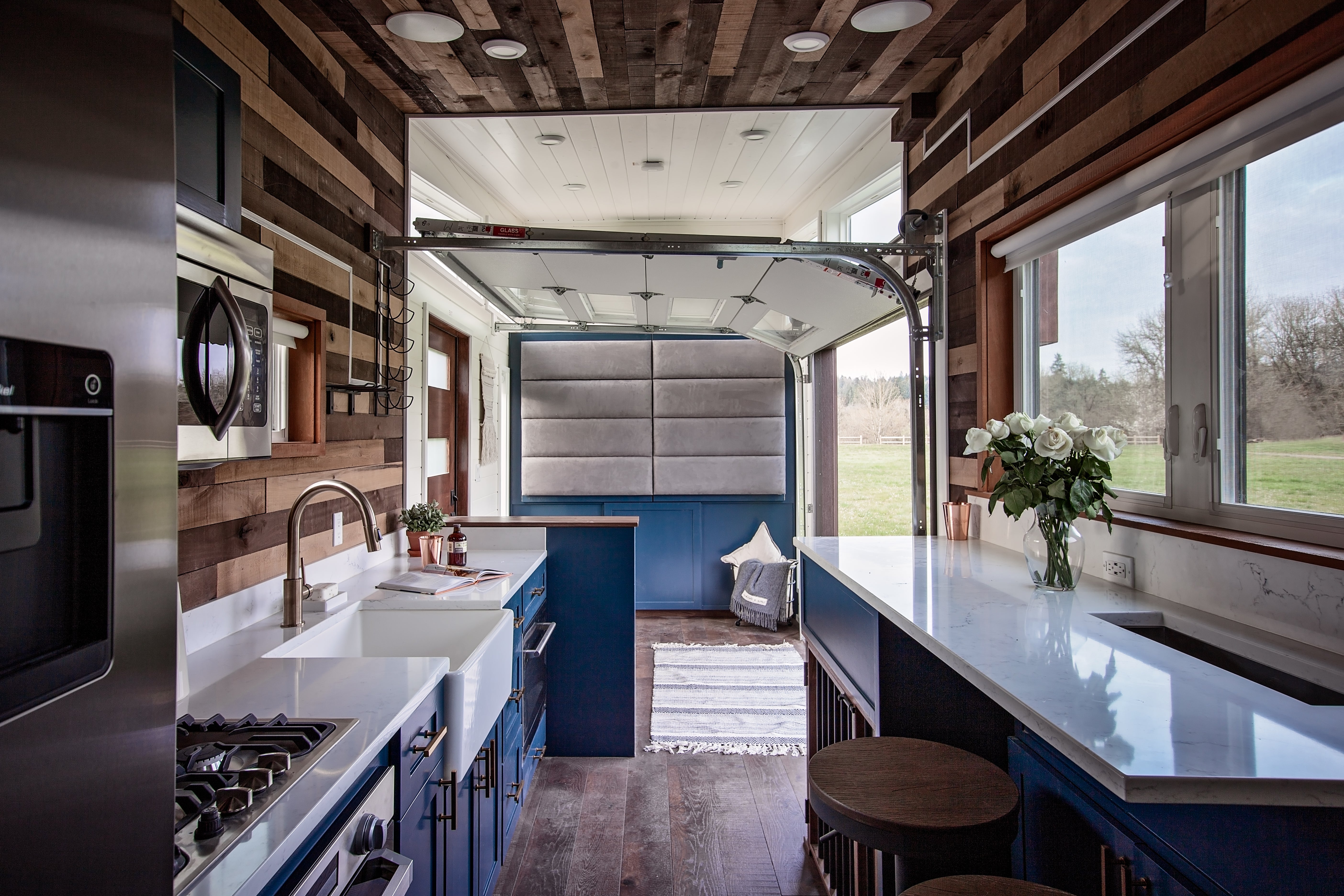
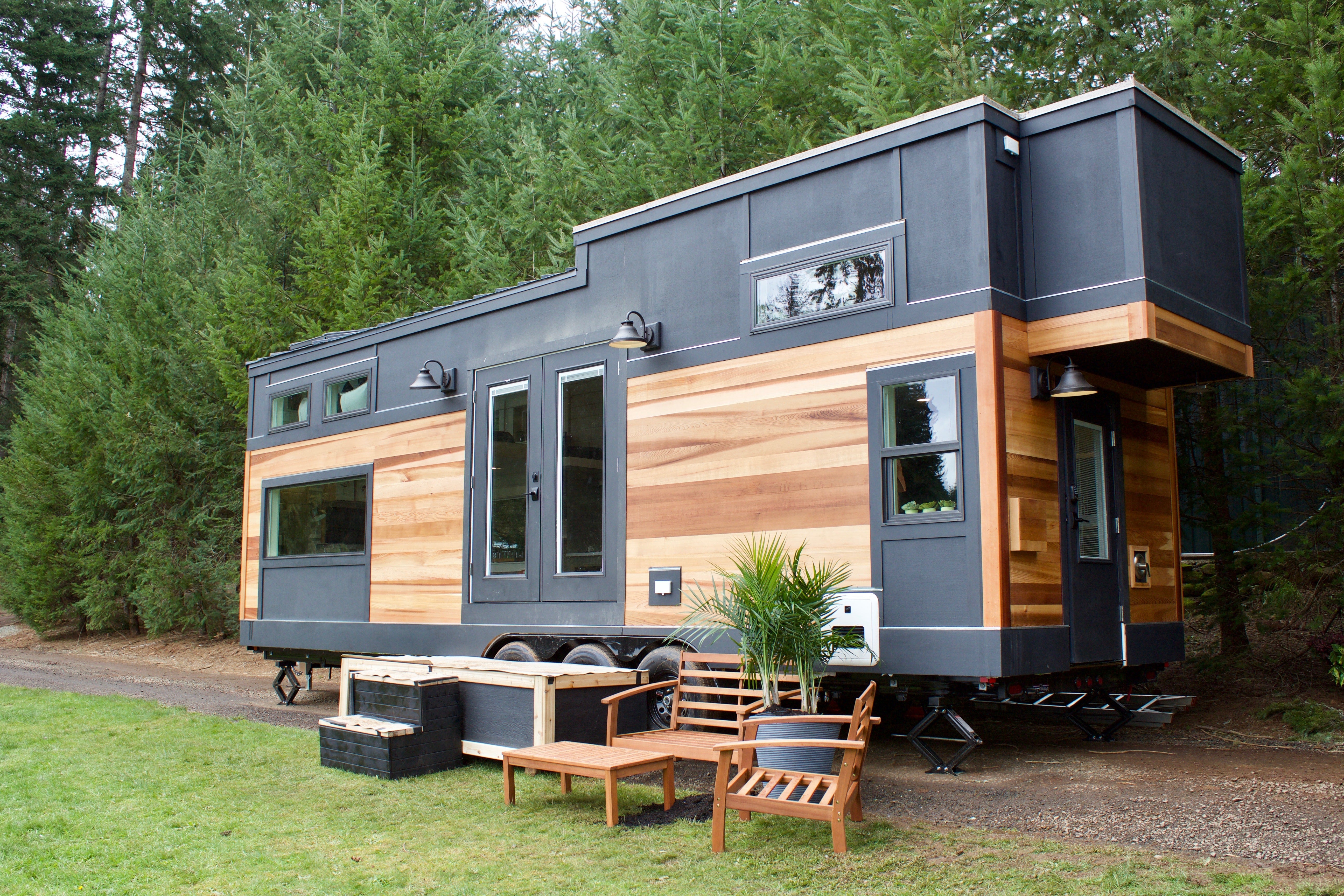
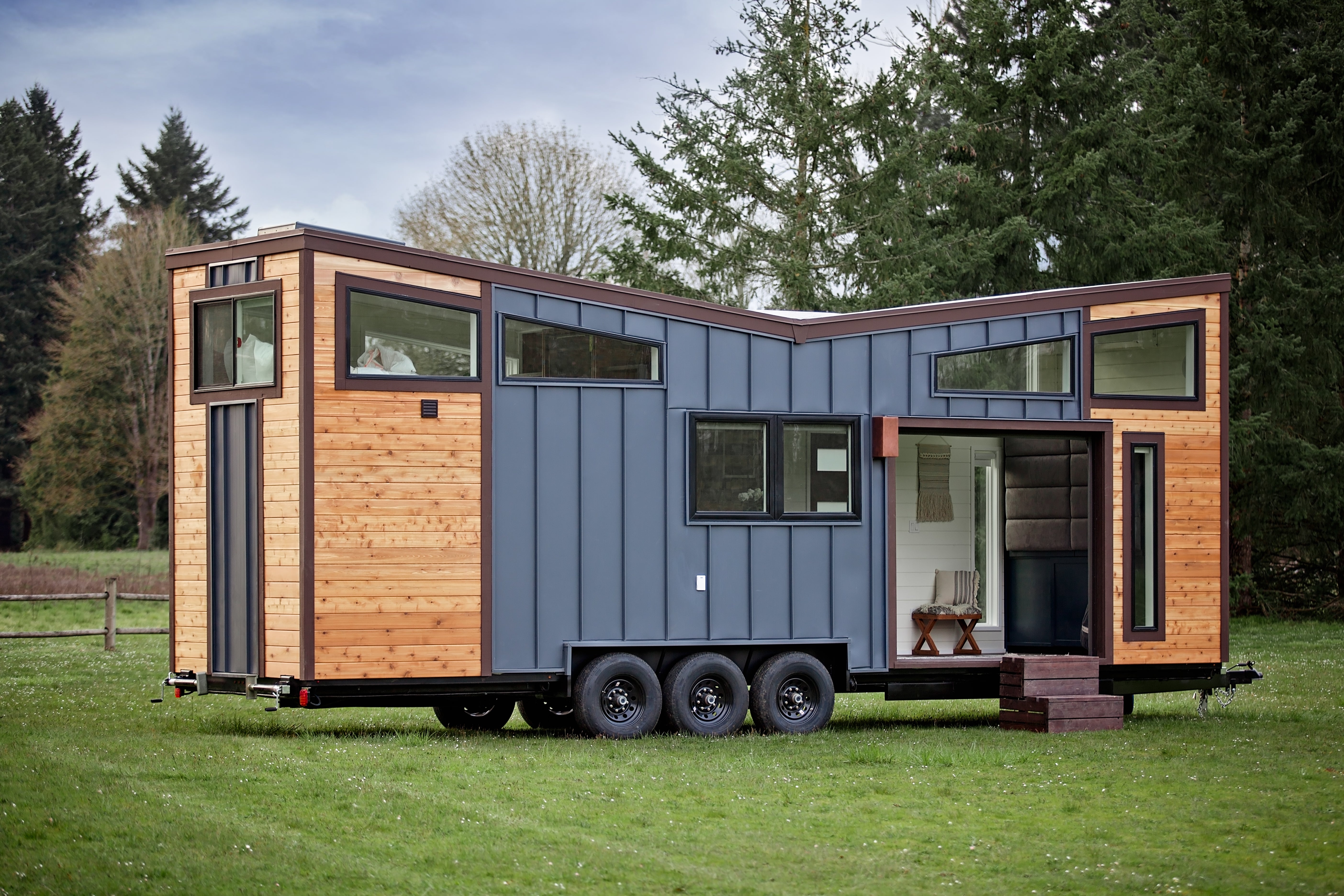
Share: